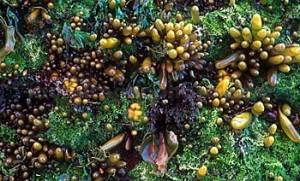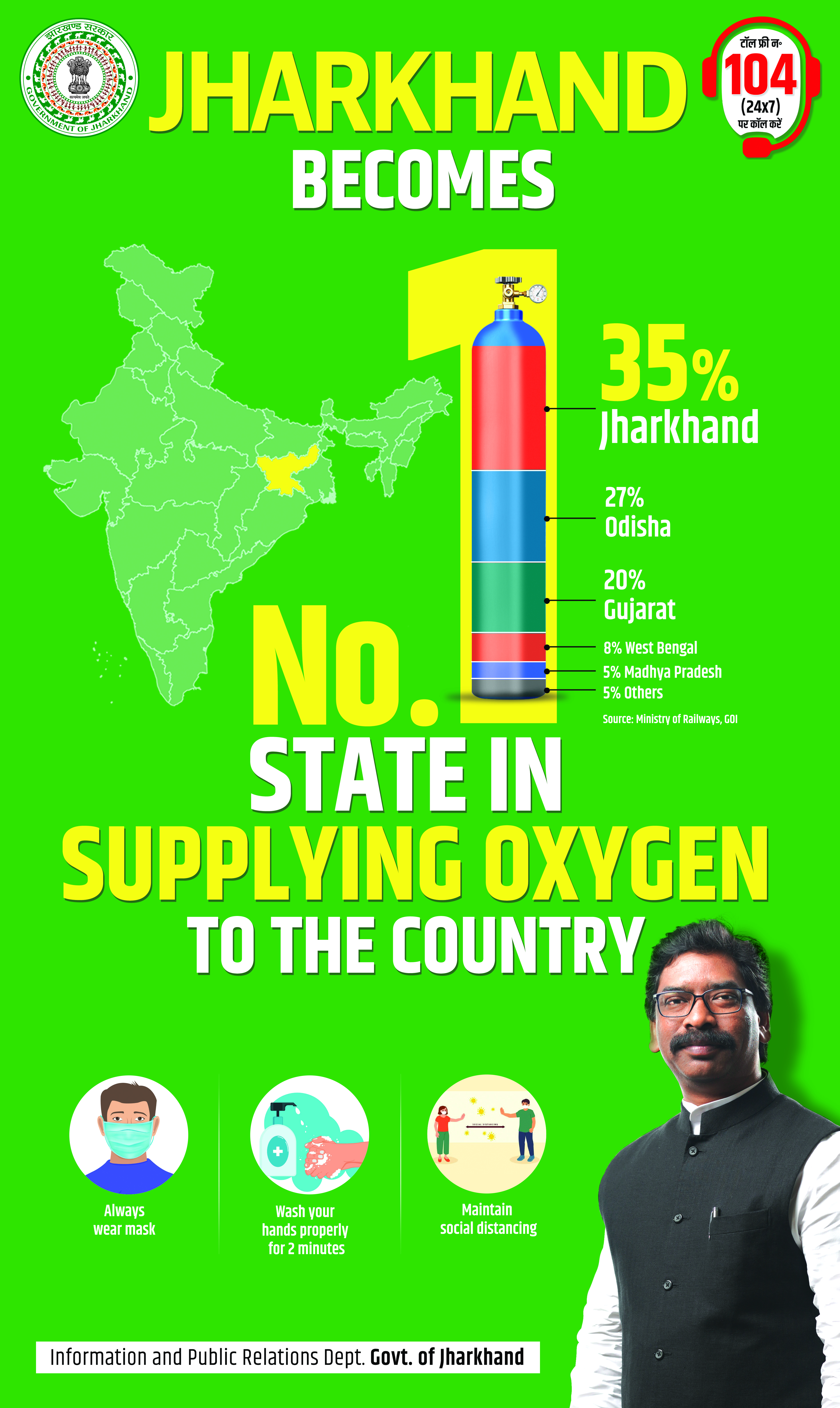
A diverse group of plant-like organisms called ‘algae’ have been under a great deal of study in recent times due to their ability to produce biomass that can be used to create ‘biodiesel’.
A growing need has been felt, all over the world, to create sustainable sources of energy to counteract the shortages of petrochemical resources and climatic change due to the heavy uses of fossil fuels. Among various other potential sources of eco-friendly and sustainable sources of energy, algal biodiesel is slowly emerging in the frontlines.
Algae range from microscopic, one-celled organisms to giant kelps. The seaweeds also belong to this group of organisms. Since their body is not differentiated as a plant’s, they are not true plants even though they make their own food by the process of photosynthesis. Therefore, they convert carbon dioxide to biomass, just as plants do. This biomass is a potential reservoir of fuel and can be used to create biodiesel.
Since research is oriented towards the development of CO2-neutral sustainable sources of fuel, the large scale cultivation of microalgae is being heavily considered.
Algae take up the atmospheric CO2 and convert it into biomass. This biomass is processed and used as biodiesel, whereby, CO2 is released again. Therefore it’s a CO2-neutral process, contrary to the conventional sources of energy. Apart from CO2 neutralising process, algae can also be used to check industrial CO2 emission as they grow faster and create more biomass in CO2-rich environments.
It has been found by the KIT institute of Life Science Engineering that algae produce 5 times more biomass/hectare as compared to land plants and 30-40% of the oil produced by them can be used for obtaining energy.
They can also be cultivated in arid areas where traditional farming is not possible. Since they need high amounts of solar radiation for growth, they can be cultivated very easily in tropical countries. At present, they are cultivated in small amounts in open ponds in many parts of the world. They can be easily identified as ‘pond-slime’. The recent development of PHOTO-BIOREACTORS aims to come up with economically viable means of extracting and harnessing the ‘green energy’ from algae.
